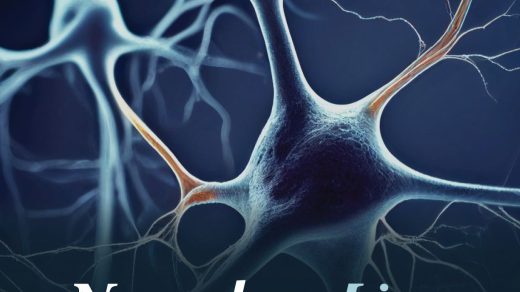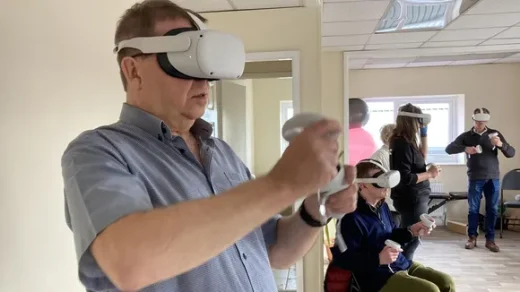A new artificial intelligence (AI) tool analyzing short smile videos achieved high accuracy in screening for Parkinson’s disease (PD), according to research published by Tariq Adnan, M.Sc., and colleagues in the New England Journal of Medicine (NEJM) Thursday.
The model was trained on the largest known video dataset of facial expressions to date, enrolling 1,452 participants, including 391 living with PD.
An 87.9 percent overall accuracy in detecting PD using only smile video analysis, the NEJM AI study reported.
Researchers reported that the AI model could accurately distinguish between individuals with and without PD based on the analysis of their smiles, even when applied in diverse population samples from North America and Bangladesh.
Why It Matters
The Parkinson’s Foundation says an estimated 90,000 more people will be diagnosed this year, with the number of those suffering expected to be around 1.2 million by 2030.
Diagnosing Parkinson’s disease early remains a significant challenge because of limited access to clinical expertise and in-person evaluations.
AI-driven remote screening tools promise scalable, cost-effective solutions to bridge these healthcare gaps.
The findings align with the growing demand for digital healthcare solutions that remove geographical and economic barriers to early neurological disease diagnosis, which is especially relevant to rural and underserved American communities.
What To Know
The new screening method invited participants to record themselves mimicking facial expressions—including a smile—using an online platform.
Research teams then extracted facial landmarks and measured action units to quantify hypomimia, a common motor symptom in PD where facial muscle movement is diminished.
Machine learning models were developed using these features, distinguishing people with PD from those without.
The approach relied on a broad recruitment strategy, involving participants from North America via social media, email, wellness centers, and research registries, alongside a high-risk cohort from Bangladesh.
Trained solely on smile videos, the model achieved a 10-fold cross-validated accuracy of 87.9 percent, a sensitivity of 76.8 percent, and a specificity of 91.4 percent. Validation in external test sets revealed 80.3 percent accuracy in a U.S. clinic dataset and 85.3 percent accuracy in the Bangladesh cohort.
While the negative predictive value remained above 92 percent in all settings, the positive predictive value dropped to 35.7 percent among the Bangladeshi participants, reflecting variations in population characteristics.
The study found no significant differences in model performance across sex and ethnic subgroups, except for marginally higher accuracy in female participants in Bangladesh.
The authors emphasized the generalizability and fairness of the approach, key considerations in the development of clinical AI tools.
The video-processing and machine-learning code supporting the study is available to the public on GitHub.
However, the study authors noted that raw video data sharing is restricted to comply with U.S. healthcare privacy law (HIPAA), limiting access to de-identified derivative features only.
The research received funding from the National Institute of Neurological Disorders and Stroke at the National Institutes of Health, among other sources.
The work was a collaborative effort involving academic and clinical partners such as the InMotion Parkinson’s Disease wellness center and the University of Rochester Center for Health and Technology.
The research process also benefited from contributions by staff at Google Research and the University of Rochester, particularly in statistical analysis.

Stock image of brain MRI taken November 21, 2018.
Getty
What People Are Saying
Tariq Adnan, M.Sc., lead author said in the study conclusion: “Smiling videos can effectively differentiate between individuals with and without PD, offering a potentially easy, accessible, and cost-efficient way to screen for PD, especially when access to clinical diagnosis is limited.”
What Happens Next?
Future steps for the research team involve wider validation of the AI screening method in additional, real-world populations and further refinement of the algorithm to maximize early detection accuracy.
Regulatory and clinical translation pathways will determine if and when this technology becomes available in the United States healthcare system.
Get the source article here


